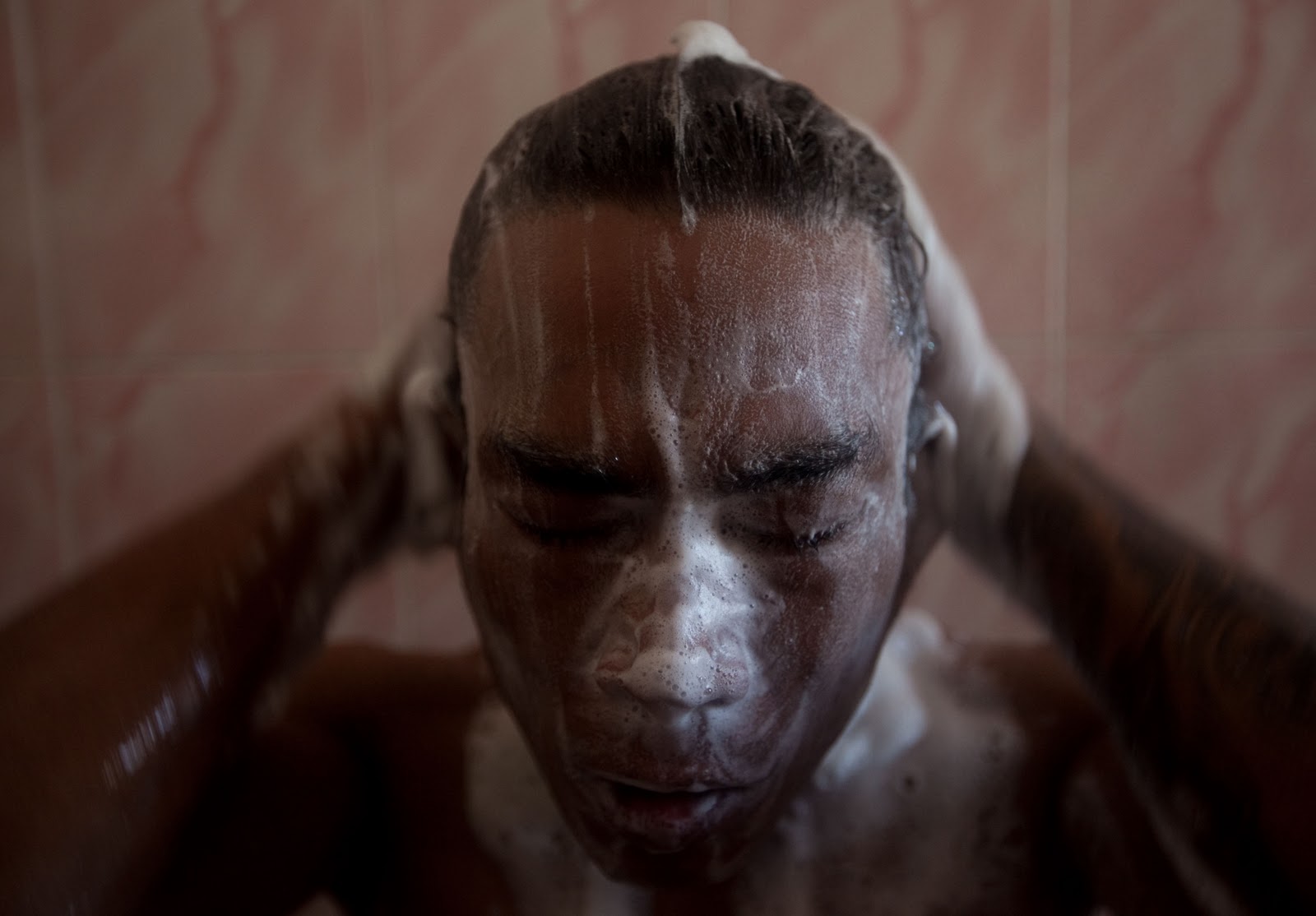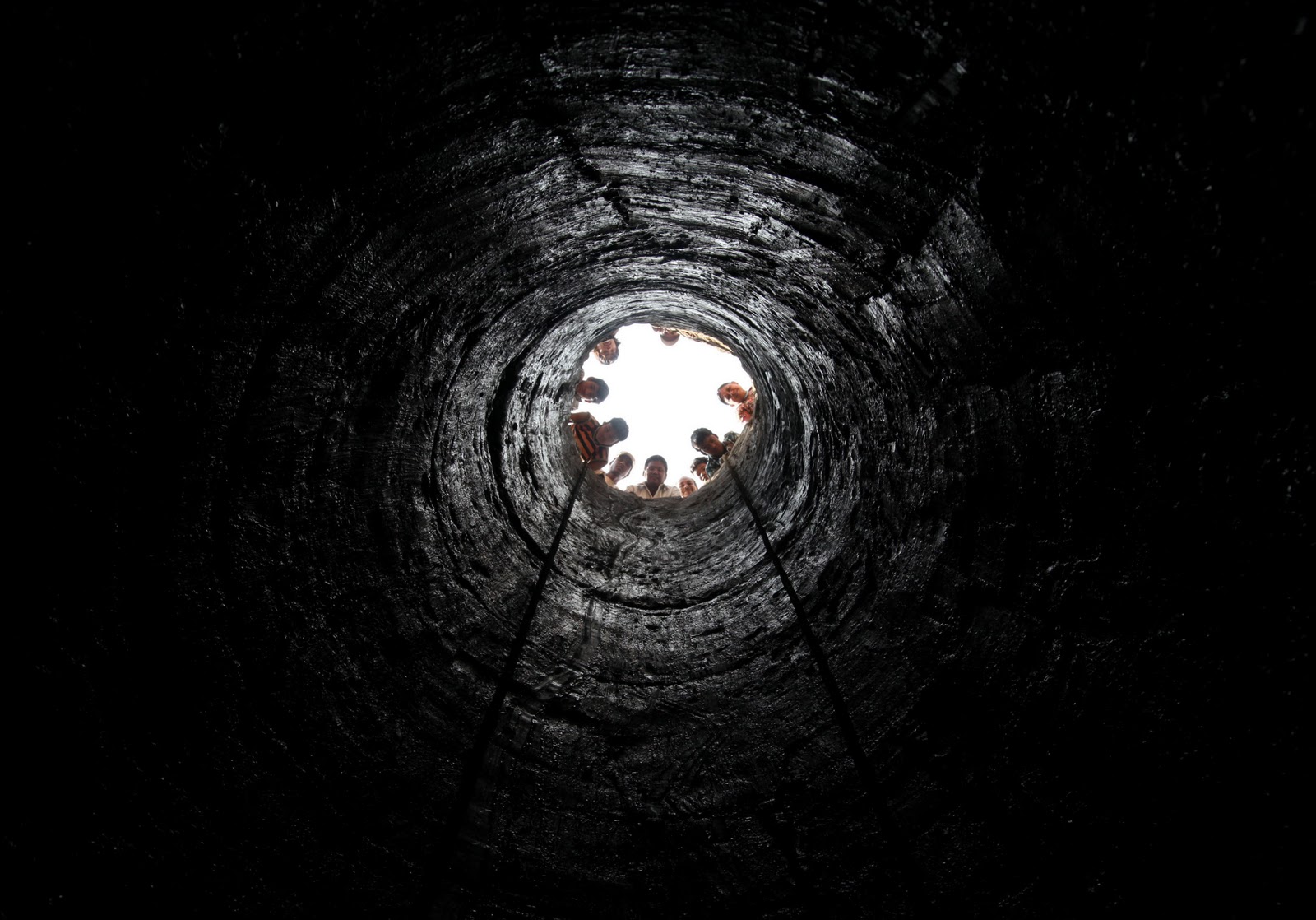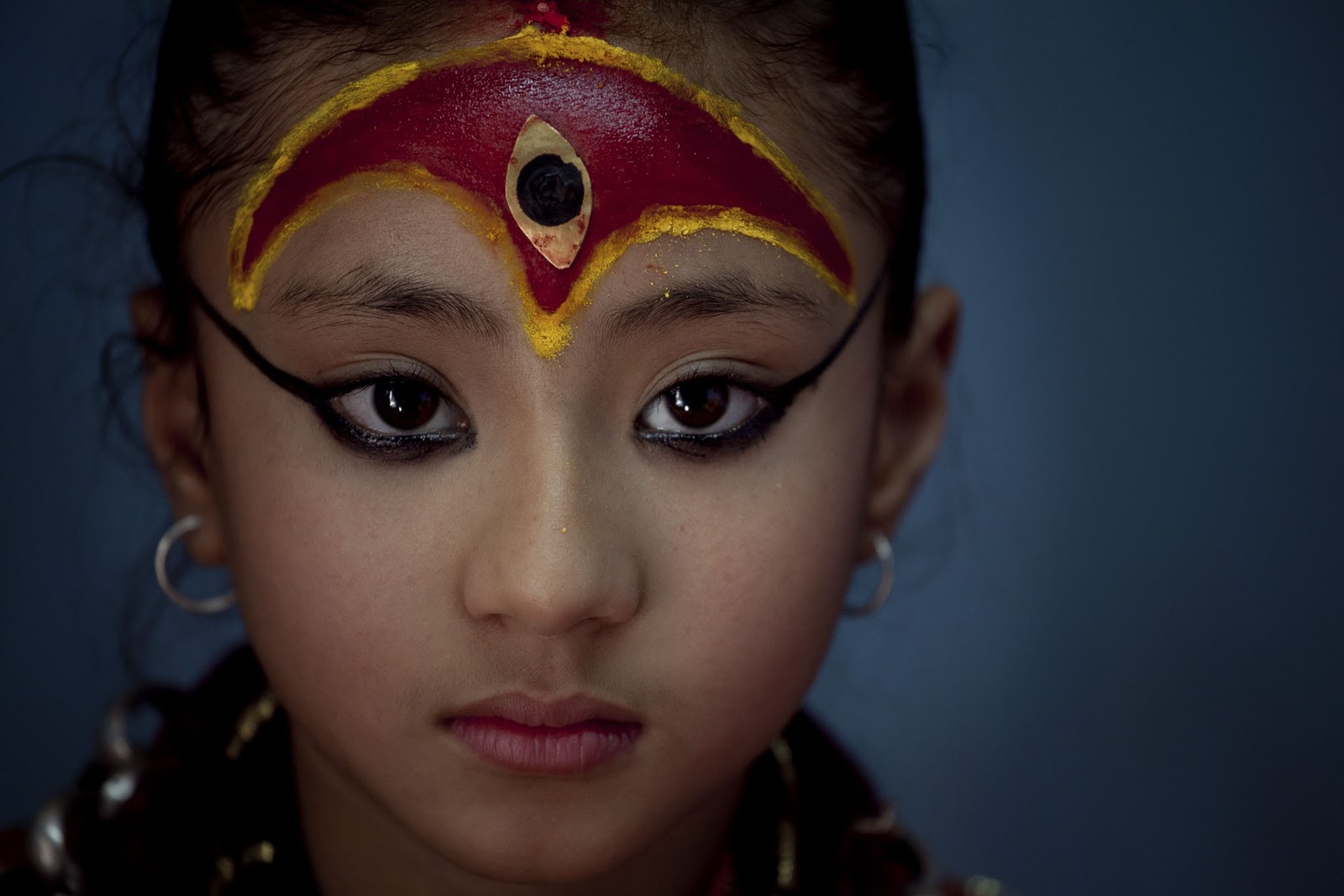Sunday, October 30, 2011
NEPAL ENVIRONMENT WATER WELL ESSAY
NEPAL ENVIRONMENT WATER WELL ESSAY
Nepalese laborer Rishi Dev Yadav, aged 28, digging a well for a water source in Kathmandu, Nepal. Kathmandu has a growing population of about one million in the total municipal area of 50.67 sq km, according to the 2010 census. With the ever increasing population in the valley, People have been facing an acute water crisis in recent years.
Climate change is as much a reason for water shortage and decreasing water level in the ground and river as the growing population is. The only alternative source of water for the inhabitants has been wells and stone taps which have been fulfilling the water needs of the people in communities of Kathmandu. Built more than 100 years ago, these water taps are still very much in use in Nepal. But urbanization and haphazard construction of buildings have disconnected the source of water from the stone taps. Today, most of these wells which used to supply everyone and currently are the only source of water for parts of the population are not functioning correctly.
The Nepal government plans to launch the Melmchi water supply project by 2015 that aims to relief the acute water crisis in the capital. The project is supported by the World Bank and the Japanese development project JAICA. Yet at the present the wells seem to be the only alternative source of water for almost all the households in Kathmandu.
Rishi Dev Yadav, a migrant worker from Inarwa district in eastern Nepal had to leave his wife and two sons behind in search for work opportunities. The last three years he has been digging wells in the capital of Kathmandu. Rishi receives a wage of 2,500 Nepalese rupees (35 USD) for each well which is hardly enough to survive. According to Rishi, he is sometimes required to go underground at depths of more than 50 feet (about 15 m) to get to the water which may result in accidents. According to the news report, more than 12 labors dies while digging well and cleaning.
Saturday, October 29, 2011
SIBU’S FIGHT
SIBU’S FIGHT……………….By Narendra Shrestha
Thirty-five year-old Sibu Giri has been living with HIV for the last decade. He contracted the virus through the use of infected needles. People used to know him as a junkie (drug user), and when he told his family members and friends that he infected, all he got in response was neglect. He was convinced he would die within two years.
When he found out he was infected, Sibu went to neighboring country India with the desire to spend the remainder of his life there, so as not to burden his family and society. But after two years of struggle in India he came to know about the positive developments in HIV therapy. He returned and joined Navakiran Plus (NKP) in 2003.
NKP is a rehabilitation centre and hospice located in Shivapuri Heights on the outskirts of Kathmandu. It is run by HIV positive Nepalis under the leadership of Rajiv Kafle. NKP operates community care centres that provide support to over 350 children and adults living with HIV/AIDS across the country. Sibu works as a board member and advocacy officer for NKP. He also keeps busy as an executive member of DUNA (Drug Users Nepal Association) and volunteers in rehabilitation centres for drug users.
Unmarried Sibu lives in a rented room in Budhanilkantha, not far from his own home, where his mother, brother and sister-in-law live. He earns Rs 35,000 (USD 500/-) per month and provides some portion of this to his family. He is very health conscious, loves to play table tennis, and likes living clean. In his spare time, he enjoys playing with the children at NKP.
Sibu tests his blood every six months to keep track of his immunity levels, which are three times lower than normal. To maintain his immunity, he takes ART (Antiretroviral Therapy) pills every 12 hours.
“One day scientists will find a cure for this disease, after all I have survived so far despite being HIV positive,” says Sibu. “If I live another five years, I am sure I will be able to witness a new era in the history of HIV treatment.”
- at 11:46 PM
- Posted by Prototype
- Labels: SIBU’S FIGHT
- 0 comments
Tuesday, September 27, 2011
The Kumari " living goddess”
THE GIRL BEHIND THE GODDESS
“The Kumari is a 'living goddess” the word literally means virgin in Nepali. Kumari is worshipped by both Hindus and Buddhists as a living goddess and a protector bringing good luck and prosperity. Kumari are considered to be incarnations of the Hindu goddess of power, Kali.”
Patan city meaning city of beauty, One of the ancient city three Kilometer south east of Kathmandu, Nepal. One house at Harkha Bahal, there is a little girl playing with a group of friends. As she plays inside, a ray of light reflects on nine-year-old Samita Bajracharya’s face through the house’s small window. Though she may look like an average nine-year-old, she has recently been designated Patan’s “Kumari Devi- Living Goddess” after Patan’s previous Kumari Chanira Bajracharya,16, reached puberty which means she considered ritually unclean.
After becoming the Kumari in October 2010, Samita’s daily life has changed. She can no longer go to school, play outside, or touch her friends--all things that would make her ritually unclean. But even in her new life, there is some semblance of her former childhood woven into her daily routine as the Kumari. Each morning at seven, she wakes up and performs Nitya Puja, daily ritual, after which she takes her favorite breakfast, eggs and fresh juice. On the weekend, she is able to invite friends to play at her house. But the rest of the week, her best friend is her mom.
Like any normal child, Samita loves to watch cartoons. While watching television, she is often interrupted by her elder brother, Sabin, who would rather watch soccer. But now, since St. Xavier’s School has given the Kumari a computer, Samita doesn’t mind handing over the remote to spend time playing computer games and drawing houses on the computer’s Paint application. Along with the computer, the management committee of St. Xavier’s school has offered the young Kumari free education. Next week, teachers will arrive at her house, transforming her living room into a classroom for three hours a day. This is also where she will later attend the board exam, her father Kul Ratna Bajracharya expressed with pride.
Samita is often confined to her home, but there are some days when the Kumari is allowed to appear in front of the public. Before Patan’s biggest festivals, Samita’s mom helps her put on the traditional Kumari costume--carefully applying the makeup. We are all so familiar with and adorning her with the jewelry which is passed down from one Kumari to the next Her mother, father and a member of the Guthi, community, carry her from home to the festival procession, never allowing her feet to touch the ground--something considered unlucky. Most devotees take her blessing by offering flowers, rupees and by touching her feet. On special occasions, some devotees organize a special puja in Kumari ghar--the living goddess’ house. Everyone from businessmen starting new ventures, students preparing for a big exam, to people just hoping to find strength and improve ailing health visit the Kumari for blessings.
In the evening, after fulfilling her duties as the Kumari, Samita washes off her makeup and returns to life as a normal girl--spending time with her family and studying by candlelight like the rest of the nation’s students. Samita will remain a Kumari until she menstruates, after which it is believed that the goddess vacates her body and the Guthi must begin the search for the next young girl to become the Kumari.
KUMARI FEATURE PACKAGE BY NARENDRA SHRESTHA/ EPA / KATHMANDU, NEPAL

- at 10:07 PM
- Posted by Prototype
- Labels: The Kumari " living goddess”
- 1 comments
Subscribe to:
Posts (Atom)
















































